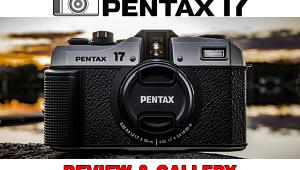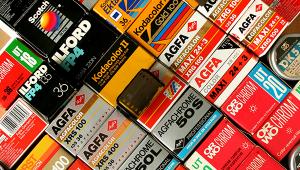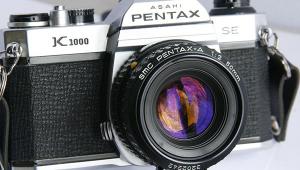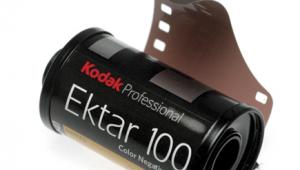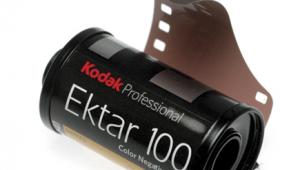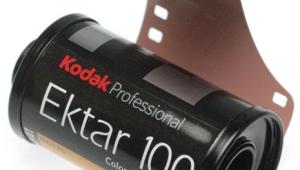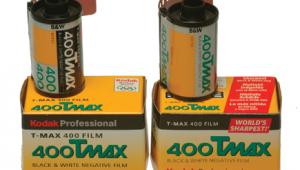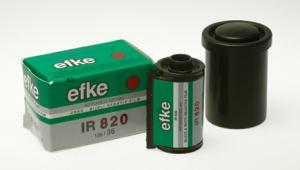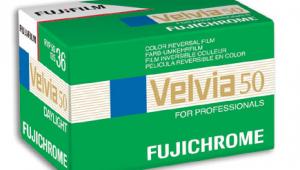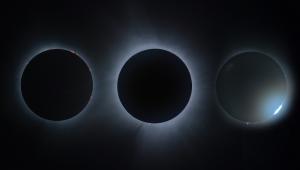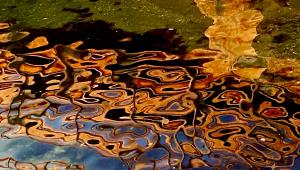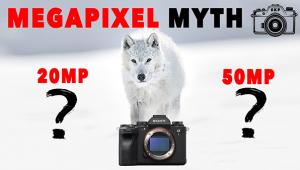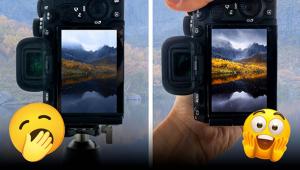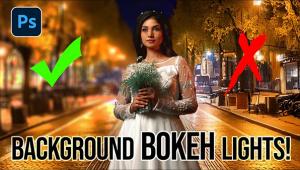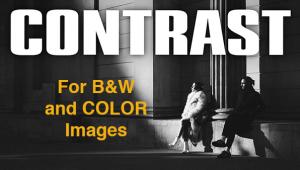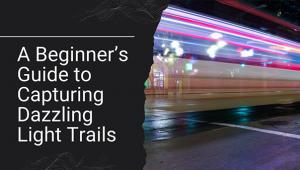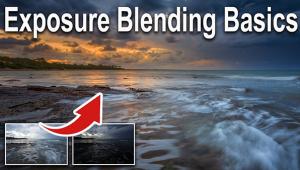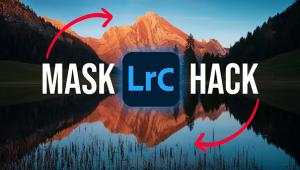New Kodak Max Zoom 400 Print Film
Until about five years ago, any color print film with an ISO over 200 was considered to be in the "high-speed" category. Then, the many ISO 1000 and 800 films hit the market, and eventually, the ISO 400 products were defined as medium speed. They became the standard film for most owners of point-and-shoot cameras with "slow" zoom lenses, often f/6-f/10. Many SLR camera owners also prefer this speed for the same reasons: less risk of blur from camera shake, greater effective flash range, sharper action shots, and sometimes, greater depth of field. As discussed in our PMA Report (May 2001), Kodak introduced a substantially improved version of their ISO 400 consumer-grade film this spring. Although it's still called Kodak Max 400, the new version is even better than its highly rated predecessor. I shot a number of rolls of this new emulsion during trips to Las Vegas, Zion National Park, and the classy Art Deco district of Miami Beach. I was certainly impressed with the 8x12 enlargements, which resemble prints made from slower film. |
|||
Technical Improvements Other claimed advantages include: improved skin tones, more consistent color in a variety of lighting conditions, electronic charge stabilization agent for consistent print results under a wide range of storage conditions, improved shadow and highlight detail, plus superior digital photofinishing compatibility. According to Kodak literature, digital noise and artifacts in digital prints made by scanning the new film will be noticeably lower than with previous Kodak ISO 400 films. In The Field |
|||
A Kodak rep offered the following comment about the advantages of an excellent ISO 400 film vs. its slower counterparts. "Based on our testing, up to 25 percent of the pictures captured with Kodak Max 400 film are improved over pictures captured with 100 and 200 speed films." This is definitely understandable for the reasons mentioned earlier. Preliminary Print Evaluation With new Max 400 however, that strategy was totally unnecessary. I noticed absolutely no improvement in the images that had been slightly overexposed. This was confirmed later when I made 8x10 prints from select frames. While I do not have equipment to conduct scientific film speed tests, I would say that the true ISO of Max 400 may be even higher than 400. If so, this would be a real benefit to anyone using point-and-shoot cameras, which can often underexpose bright scenes. In any event, this is at least a full ISO 400 film and there's no need for intentional overexposure. |
|||
When I intentionally underexposed a roll by one stop--to simulate the results produced by point-and-shoot cameras in bright scenes--print quality remained more than acceptable. In a 4x6 print the difference is not noticeable at all, confirming wide exposure latitude. In an 8x12 enlargement, grain is more visible but remains fine and quite smooth; contrast is even higher. If a faster shutter speed is necessary, in low light I would not hesitate to shoot this film at an Exposure Index of 800. Evaluation Of Enlargements |
|||
Conclusion |
|||
For more information, contact Eastman Kodak Company at (716) 724-4373; fax: (716) 781-1730; www.kodak.com. Note: It is extremely difficult to reproduce all slide characteristics with absolute fidelity on the printed page. Hence, if the illustrations do not seem to exactly match the captions, rely on the written analysis as the accurate representation of the image characteristics. |
- Log in or register to post comments







